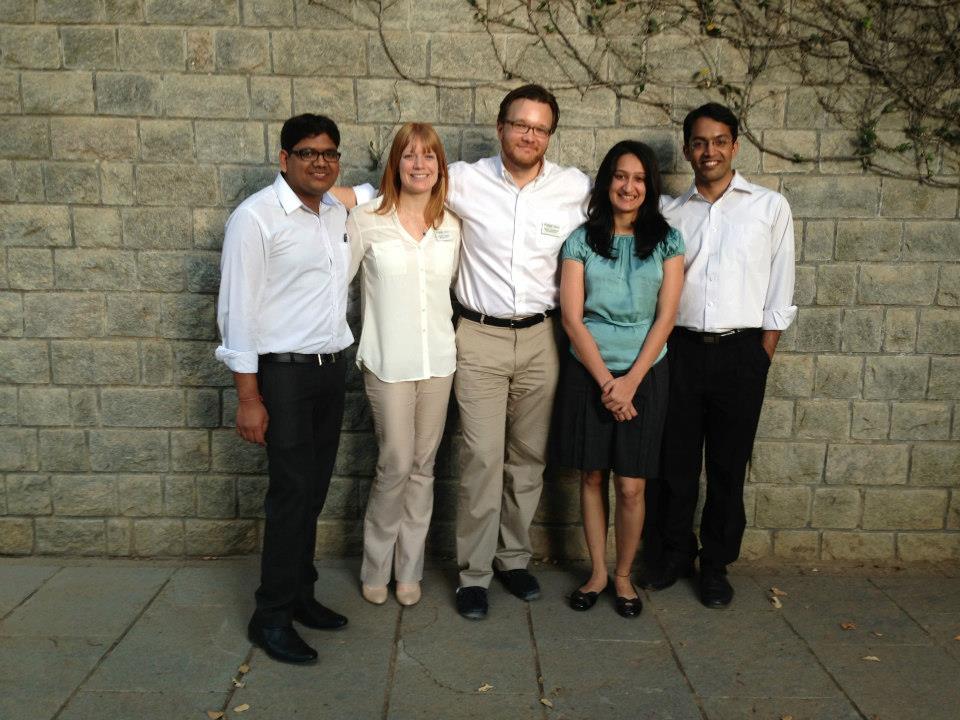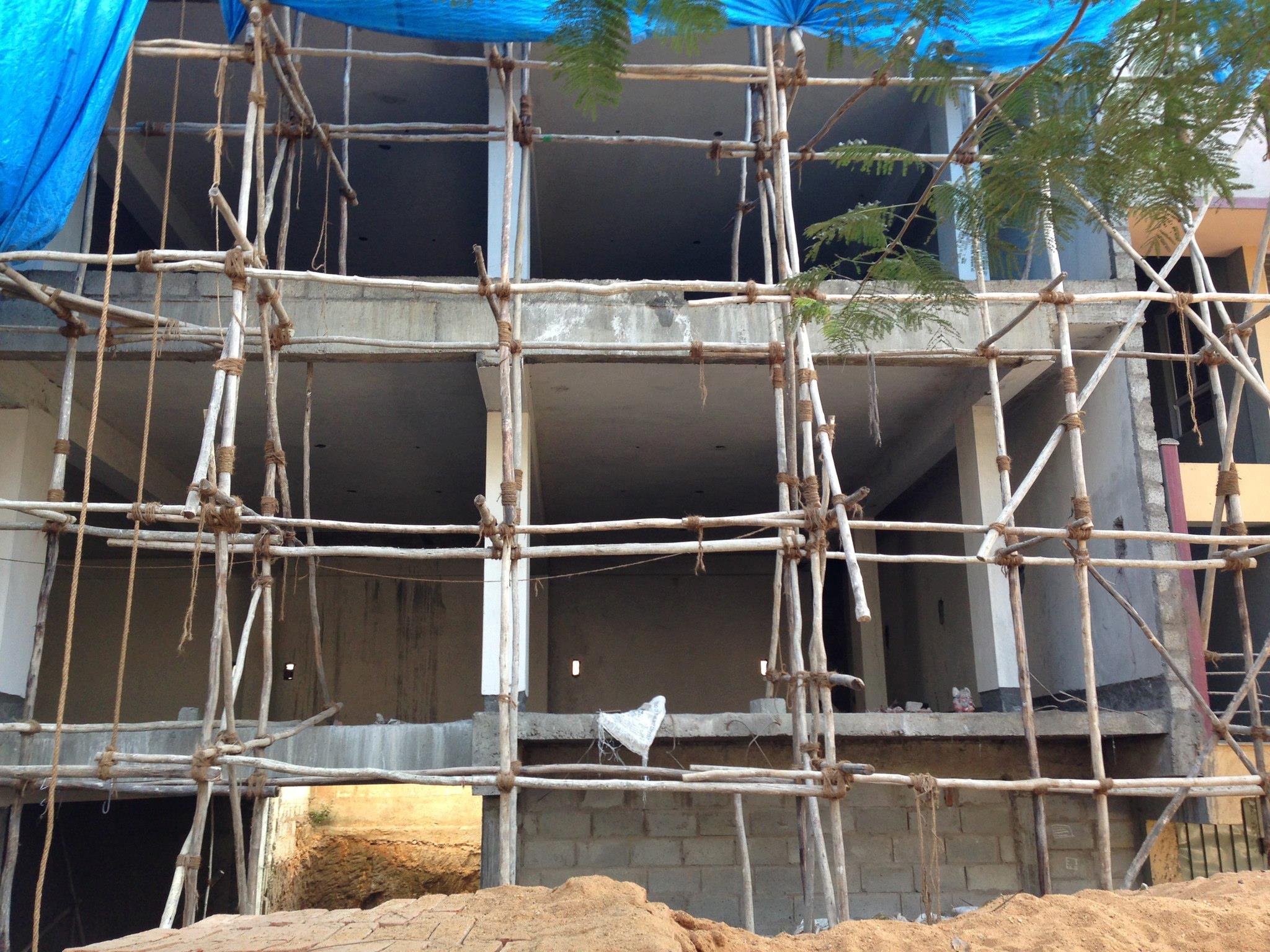Speaking with my cohorts at IIMB, I was impressed by their steadfast belief that India was on the cusp of real greatness. The shackles of colonialism had been taken off decades ago but it’s only recently that the country is really beginning to realize it’s full potential. With 3,000 business students out of a pool of 200,000(!) the IIM Business Schools produce some of the finest business students in the world.
MBAs learn a lot of the same techniques, tools and analyses the world over. My biggest learnings were from a cultural standpoint. I was fascinated to observe the reasoning process my two cohorts used to arrive at decisions within our case. They would debate points over and over again, which at first seemed to me to be extremely circular and inefficient. However, I began to understand that what seemed like inefficiency was in fact detailed and methodical process by exploring every nuance of every issue from every angle.
Watching this debate ensue reinforced to me the learnings of patience; people come to their own conclusions in their own time. When I first tried to force the issue or stick with a point I received the infamous Indian head bobble which meant in this context “I hear what you’re saying”. So, my Sauder partner and I worked on our section and let our cohorts banter back and forth until they came to an agreement. This occurred after a moment of silence, when we would interject and then ask what their results were. This reinforced the importance of knowing when to guide the conversation to a conclusion. As detailed as their reasoning may have been, at times I felt that the differences between polychronicity and monochronicity were challenging.
My cohorts’ ability to research large amounts of data in a short time frame was nothing short of amazing. But as impressive as the IIMB students were at research and reasoning, the Sauder team stood out for pulling insights out of data. Our students excelled at fusing together disparate ideas from data and telling the story behind the numbers. I’m also biased, but I found the IIMB style of presenting to be incredibly…dull. Many of their students were graded on the amount of information you could cram into a slide, which made it completely illegible and almost useless to the members of the audience. Granted, this is chalked up to cultural differences but I prefer a succint presentation that tells a story rather than one that merely regurgitates facts.
My experience with IIMB taught me that a strong cultural mix is a huge asset on any team as diversity leads to new approaches towards problem-solving and reasoning. The key to success with this makeup is patience, communication and an understanding of contextual body gestures!


